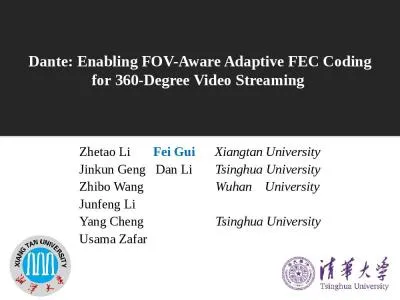PPT-Development of Cyber-Aware Energy Management System Applications
Author : tatyana-admore | Published Date : 2018-11-05
Yannan Sun Siddharth Sridhar Mark J Rice and Mallikarjuna Vallem Pacific Northwest National Laboratory October 8 2015 1 Outline October 8 2015 2 Motivations Cyberaware
Presentation Embed Code
Download Presentation
Download Presentation The PPT/PDF document "Development of Cyber-Aware Energy Manage..." is the property of its rightful owner. Permission is granted to download and print the materials on this website for personal, non-commercial use only, and to display it on your personal computer provided you do not modify the materials and that you retain all copyright notices contained in the materials. By downloading content from our website, you accept the terms of this agreement.
Development of Cyber-Aware Energy Management System Applications: Transcript
Download Rules Of Document
"Development of Cyber-Aware Energy Management System Applications"The content belongs to its owner. You may download and print it for personal use, without modification, and keep all copyright notices. By downloading, you agree to these terms.
Related Documents



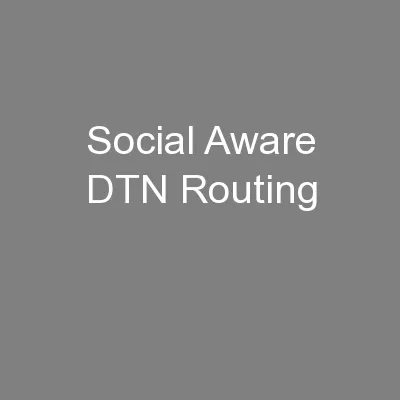
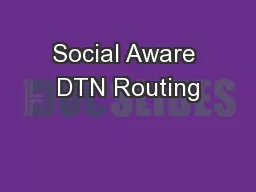
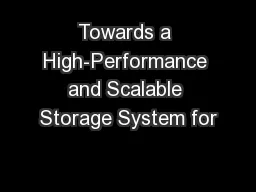
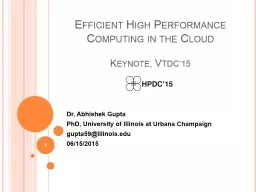
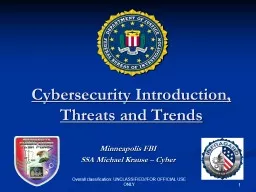
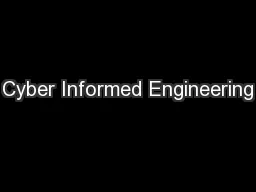
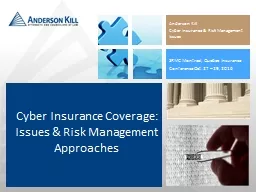
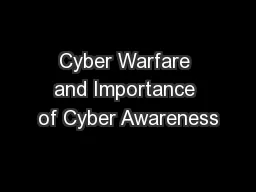
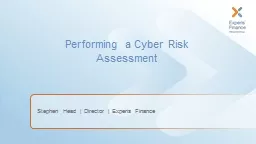
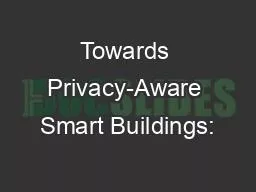
![[READ]-Cyber Security, Cyber Crime and Cyber Forensics: Applications and Perspectives](https://thumbs.docslides.com/986615/read-cyber-security-cyber-crime-and-cyber-forensics-applications-and-perspectives.jpg)
